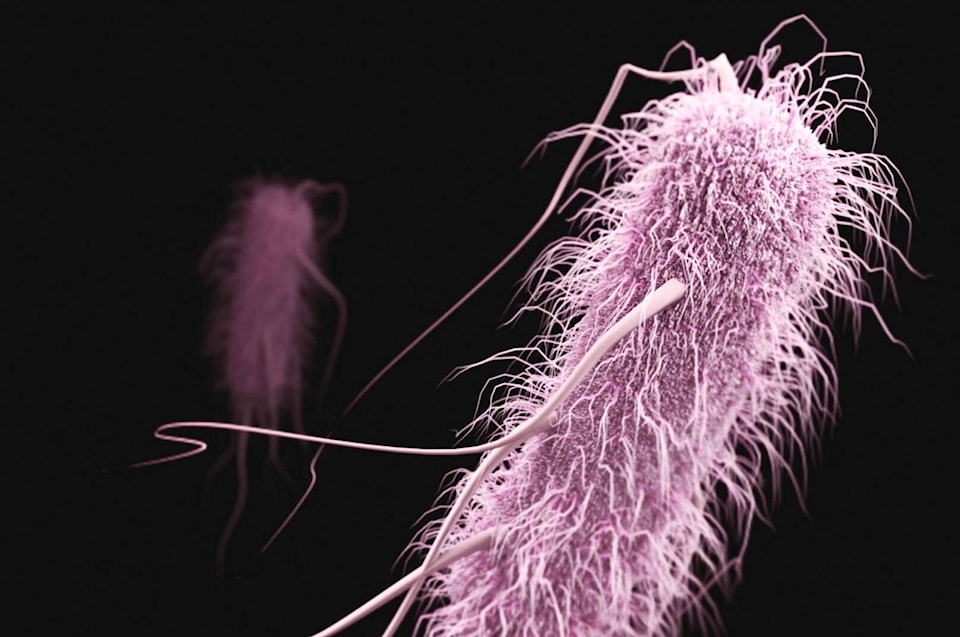The E. coli outbreak in Calgary, AB is worrying.
First, because over 300 children have been infected and face serious health outcomes.
Second, it reveals a weakness in our water and food safety practices, so we’re all at risk. Canada has a multi-barrier approach to water and food safety.
When E. coli contaminated water or food episodes occur, it means defenses have failed.
The first line rests with water suppliers and food producers who have a responsibility to establish protocols to protect water or food as regulated, train employees, clean, inspect, test, enforce and continuously improve their safety programs.
Another defense is the Canadian Food Inspection Agency which inspects food processers and importers to confirm compliance with food safety regulations. Provincially, public health officers inspect drinking water and commercial kitchens to ensure regulatory compliance.
Commercial kitchen owners are required to establish food and beverage safety programs, train employees, prepare food and beverages as regulated, and work with public agencies and producers so everything they serve is safe.
When E. coli outbreaks occur, particularly to a vulnerable population on a large scale, it raises two questions: “What happened?” and “What can be done to prevent future episodes?”
Public inquiries are another line of defense.
One will be required following the Calgary outbreak like the one that followed the Walkerton E. coli contaminated drinking water episode. That inquiry revealed shortcomings in drinking water protection and led to improvements in public health by strengthening safe drinking water regulations.
Such episodes demonstrate the value of safe drinking water and food regulations. The cost of regulations is the cost of prevention, a much lower cost than the cost of cure. The proof of their benefit is the absence of contaminated water and food outbreaks, the suffering of children and the anguish of parents.
Robert M. Macrae,
Castlegar
